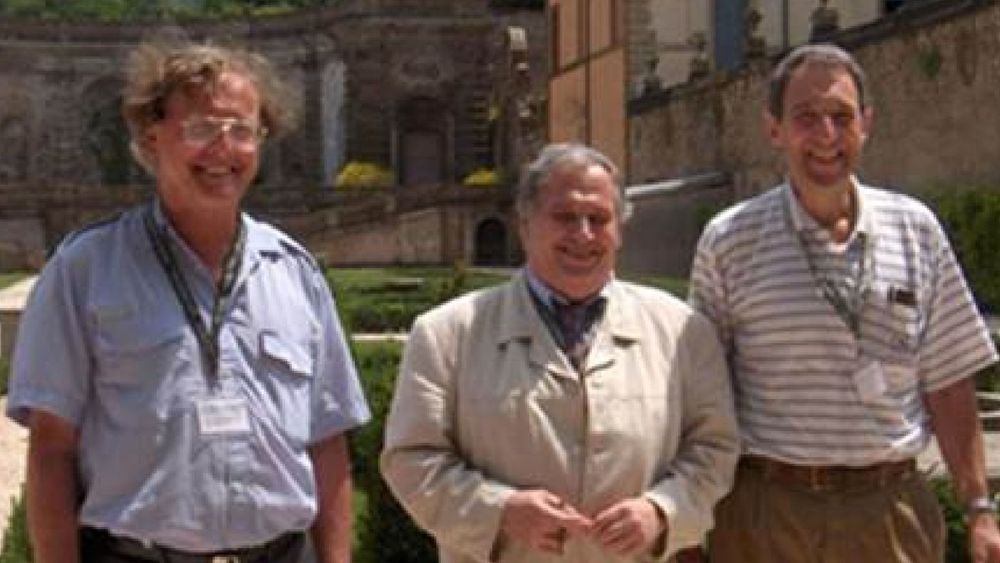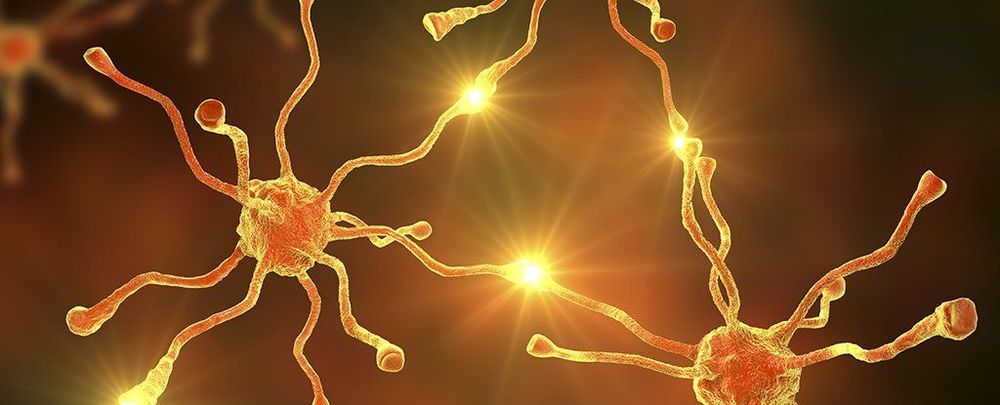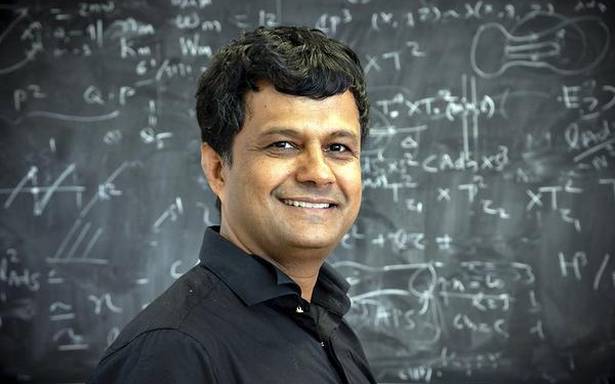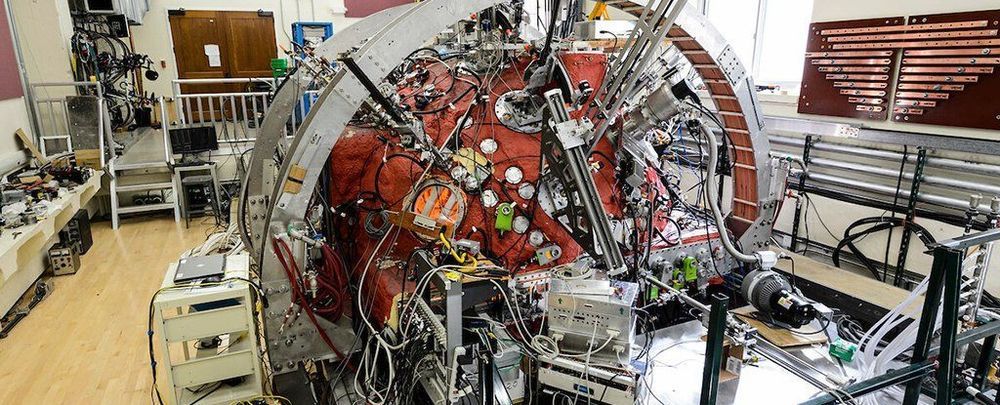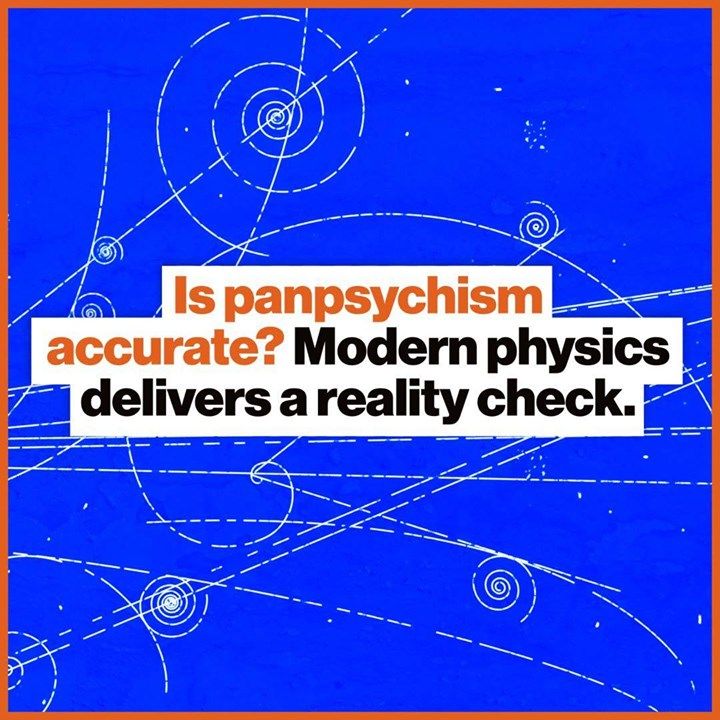Physicists Sergio Ferrara, Dan Freedman, and Peter van Nieuwenhuizen will split a $3 million Breakthrough Prize for their theory of supergravity, which drives much of today’s physics research toward our understanding of the universe.
The Breakthrough Prize is an annual award to recognize groundbreaking science, funded by Russian-Israeli billionaire Yuri Milner. Though Breakthrough Prizes are awarded annually, “special” Breakthrough Prizes can be awarded any time and need not honor recent work. In fact, the researchers behind today’s award thought they’d missed the chance to win it.
